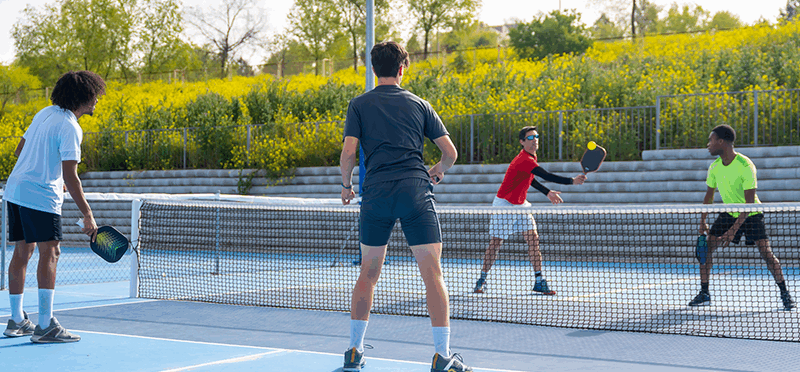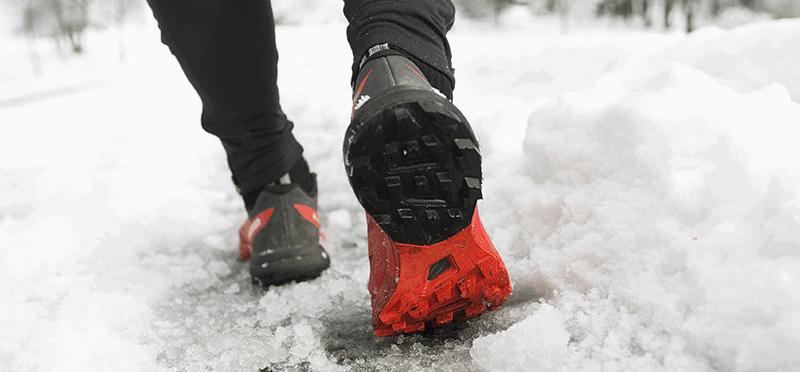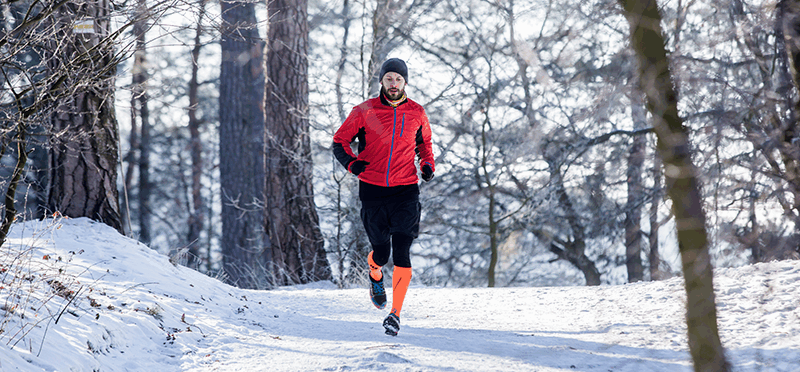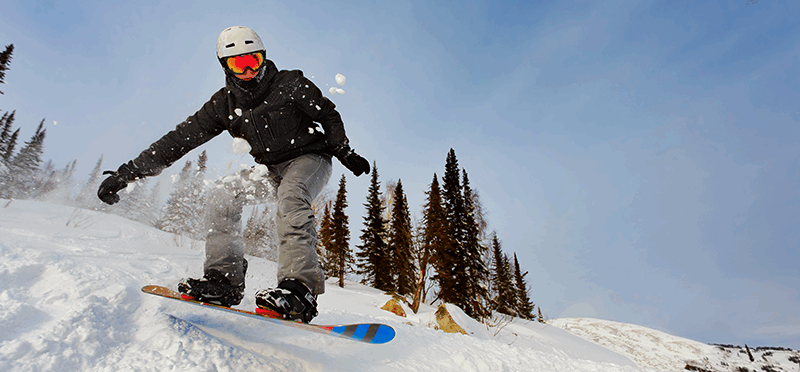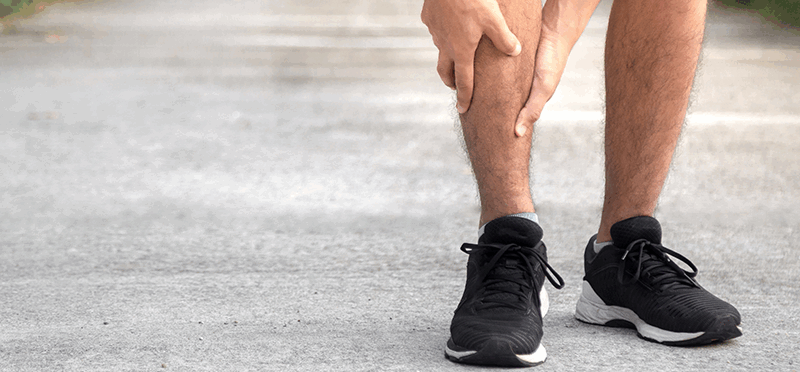Injury Prevention for Summer Sports
Posted on September 3, 2025 by Tanner Neuberger, PT, DPT, TDN Level 1
Summer sports are in full swing! Baseball and softball seasons are thriving, and off-season prep for fall sports like football,...
(more…)





